In the realm of pediatric healthcare, maintaining good oral hygiene is often overlooked yet crucial for overall well-being. As parents, we strive to provide our children with the best care possible, and this extends to their dental health. One aspect that can make a significant difference is the use of children’s mouthwash. However, navigating the myriad options available can be daunting. How do you choose the right one? How should it be used? This comprehensive guide aims to demystify the world of children’s mouthwash, ensuring that you make informed decisions that promote healthy teeth and gums for your little ones.
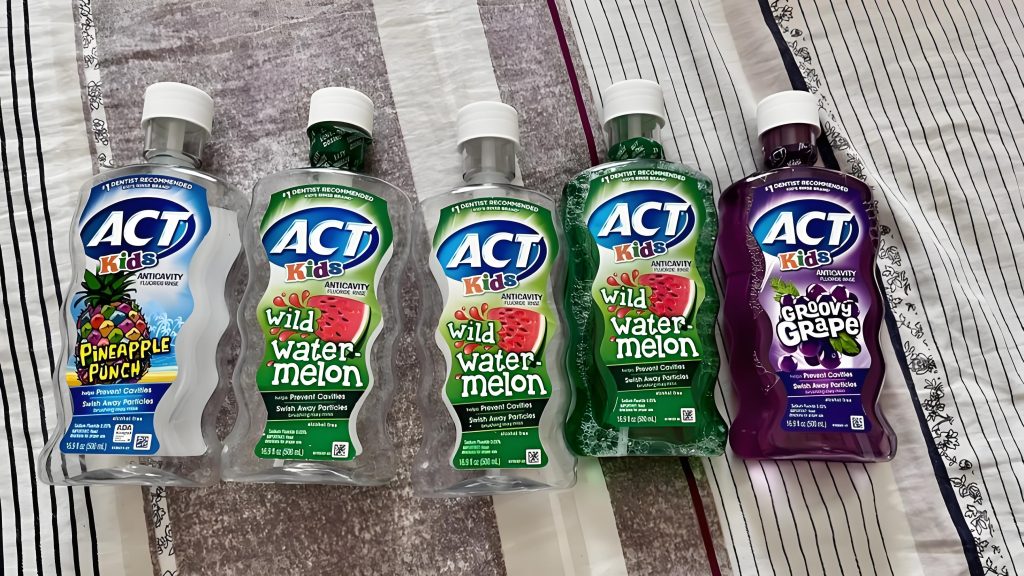
Understanding the Importance of Mouthwash for Children
Oral health is integral to a child’s overall health and development. Poor dental hygiene can lead to cavities, gum diseases, and even tooth loss, which can affect their nutrition, speech, and self-esteem. Mouthwash serves as an additional layer of protection, helping to reduce plaque, freshen breath, and, in some cases, prevent cavities. While brushing and flossing are the cornerstone of oral care, mouthwash can complement these habits, especially for children who might have difficulty reaching all areas of their mouth.
When to Introduce Mouthwash to Children
The timing for introducing mouthwash varies based on a child’s age and developmental stage. The American Dental Association (ADA) recommends that parents start using a fluoride toothpaste with their children as soon as the first tooth erupts, but mouthwash typically isn’t necessary until around age 6, when children can reliably spit it out. Swallowing mouthwash, especially those containing fluoride or other active ingredients, can be harmful. Therefore, it’s crucial to supervise your child until you’re confident they understand and can follow the instructions.
Types of Children’s Mouthwash
When selecting a mouthwash for your child, consider their age, specific dental needs, and any potential allergies. Here are the primary types of children’s mouthwash:
- Fluoride Mouthwash:
Fluoride helps strengthen tooth enamel, making it more resistant to acid attacks from plaque. It’s particularly beneficial for children prone to cavities. However, use it sparingly, as too much fluoride can lead to fluorosis, a cosmetic condition where teeth develop white spots. - Anticavity Mouthwash:
These often contain fluoride along with other ingredients designed to fight cavities. They are ideal for kids at higher risk of dental decay. - Antiseptic Mouthwash:
Formulated with ingredients like chlorhexidine or cetylpyridinium chloride, these mouthwashes help reduce plaque and bacteria, thereby preventing gingivitis and other gum diseases. They are generally prescribed by dentists for specific oral health issues. - Cosmetic Mouthwash:
Primarily used to freshen breath and leave a pleasant aftertaste, cosmetic mouthwashes do not contain therapeutic levels of fluoride or other active ingredients. They are suitable for occasional use but should not replace regular oral hygiene practices. - Natural and Organic Mouthwash:
For parents seeking more natural options, there are mouthwashes made from essential oils, herbs, and plant extracts. While they may be gentler on the mouth, ensure they meetADA standards and have been tested for safety and efficacy.
Choosing the Right Mouthwash
When choosing a mouthwash for your child, keep these tips in mind:
- Age Appropriateness: Always check the label to ensure the product is suitable for your child’s age.
- Fluoride Content: For children under six, opt for a fluoride-free or low-fluoride option to prevent accidental ingestion. As they grow older, you can switch to a fluoride-containing mouthwash.
- Ingredient Safety: Avoid mouthwashes with high alcohol content, as they can dry out the mouth and irritate sensitive tissue. Look for mild, child-friendly formulations.
- Taste and Acceptance: Children are more likely to use a product they enjoy. Choose a mouthwash with flavors your child prefers, such as bubble gum or fruit.
- ADA Seal of Acceptance: Products with this seal have been evaluated by the ADA for safety and effectiveness.
Proper Usage Guidelines
Using mouthwash correctly is as important as choosing the right one. Here’s how to ensure your child uses mouthwash safely and effectively:
- Read the Instructions: Follow the manufacturer’s guidelines carefully, especially regarding the recommended dosage and frequency of use.
- Supervise Use: Until your child is old enough to understand the importance of spitting out the mouthwash, supervise their use to prevent swallowing.
- Timing: Encourage your child to use mouthwash after brushing and flossing, as it can help reach areas a toothbrush might miss.
- Consistency: Make mouthwash part of your child’s daily routine to help them develop good oral hygiene habits.
Addressing Common Concerns
- Swallowing Mouthwash: If your child accidentally swallows mouthwash, consult a poison control center or healthcare provider immediately, especially if it contains fluoride.
- Sensitivity: If your child experiences discomfort or sensitivity after using a particular mouthwash, discontinue use and consult a dentist.
- Overuse: Excessive use of mouthwash, especially those with strong ingredients, can disrupt the natural balance of oral bacteria. Stick to the recommended dosage.
Promoting Healthy Habits
Remember, mouthwash is just one aspect of a comprehensive oral hygiene routine. Encourage your child to brush their teeth for at least two minutes twice a day with fluoride toothpaste, floss daily, and visit the dentist regularly for check-ups and cleanings. Incorporate education about the importance of good oral health into their daily conversations, making it a fun and engaging process.
Conclusion
Navigating the world of children’s mouthwash can seem like a challenge, but with the right knowledge and guidance, you can make choices that support your child’s dental health. By selecting an age-appropriate, safe, and effective mouthwash and teaching proper usage, you’re setting the foundation for a lifetime of healthy teeth and gums. Remember, good oral hygiene habits start early and last a lifetime, so let’s make every swish count!

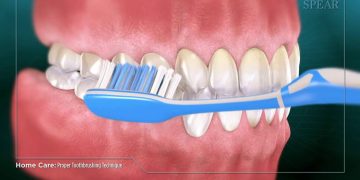
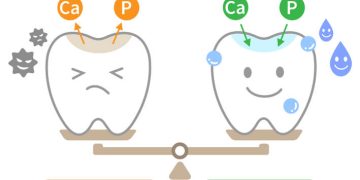
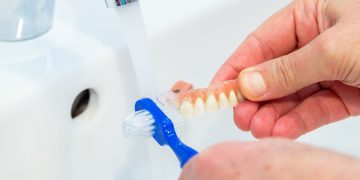

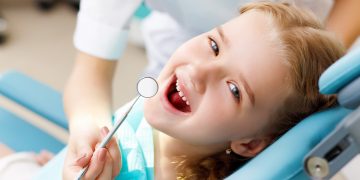


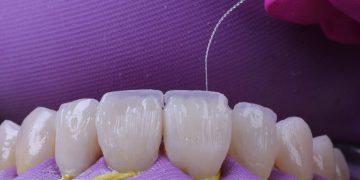
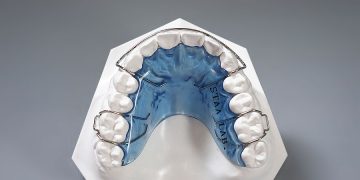

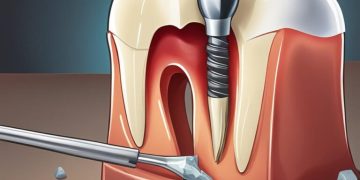

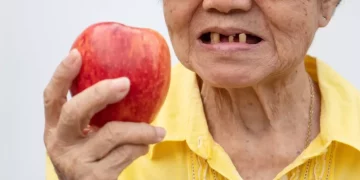

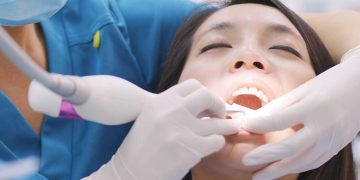

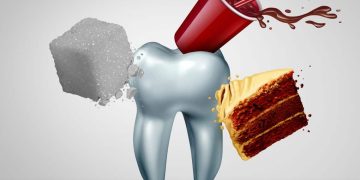













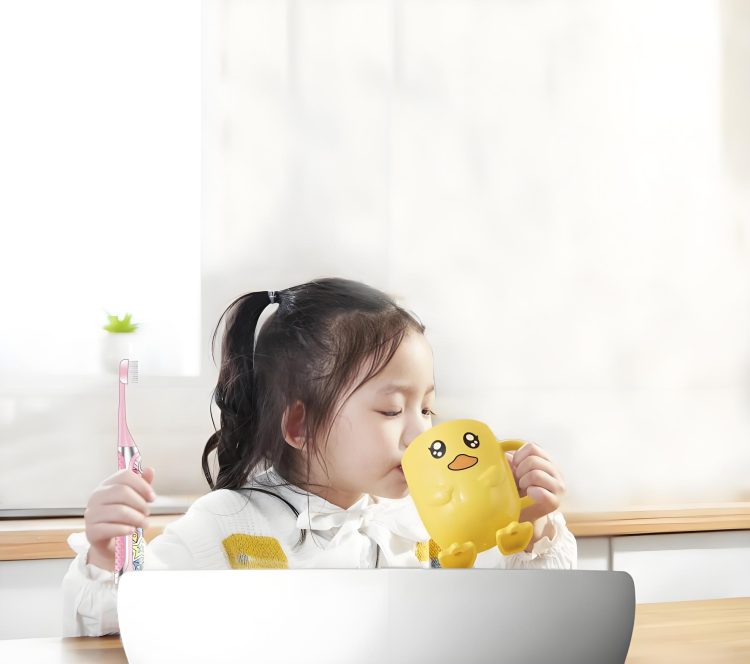













Discussion about this post